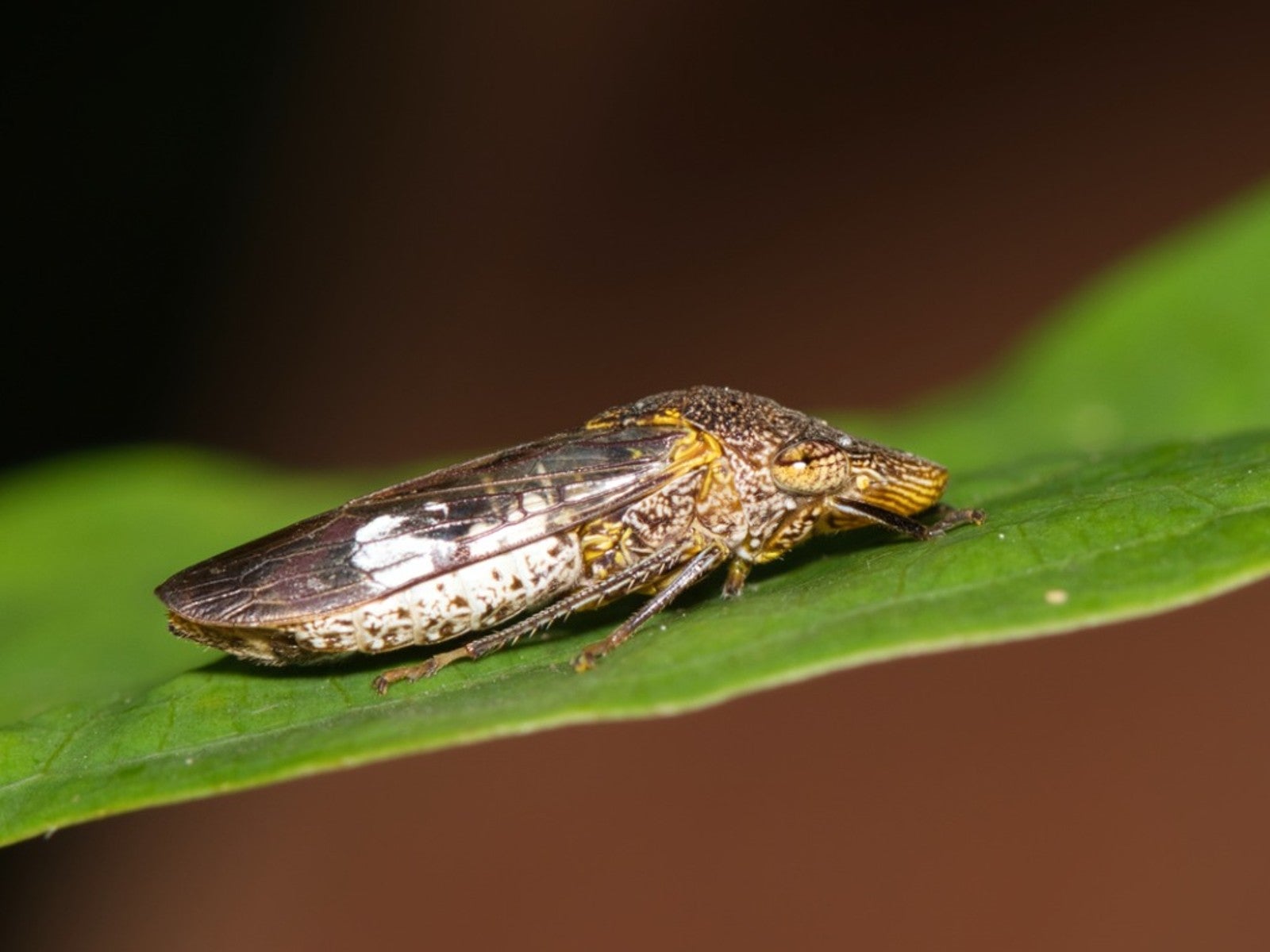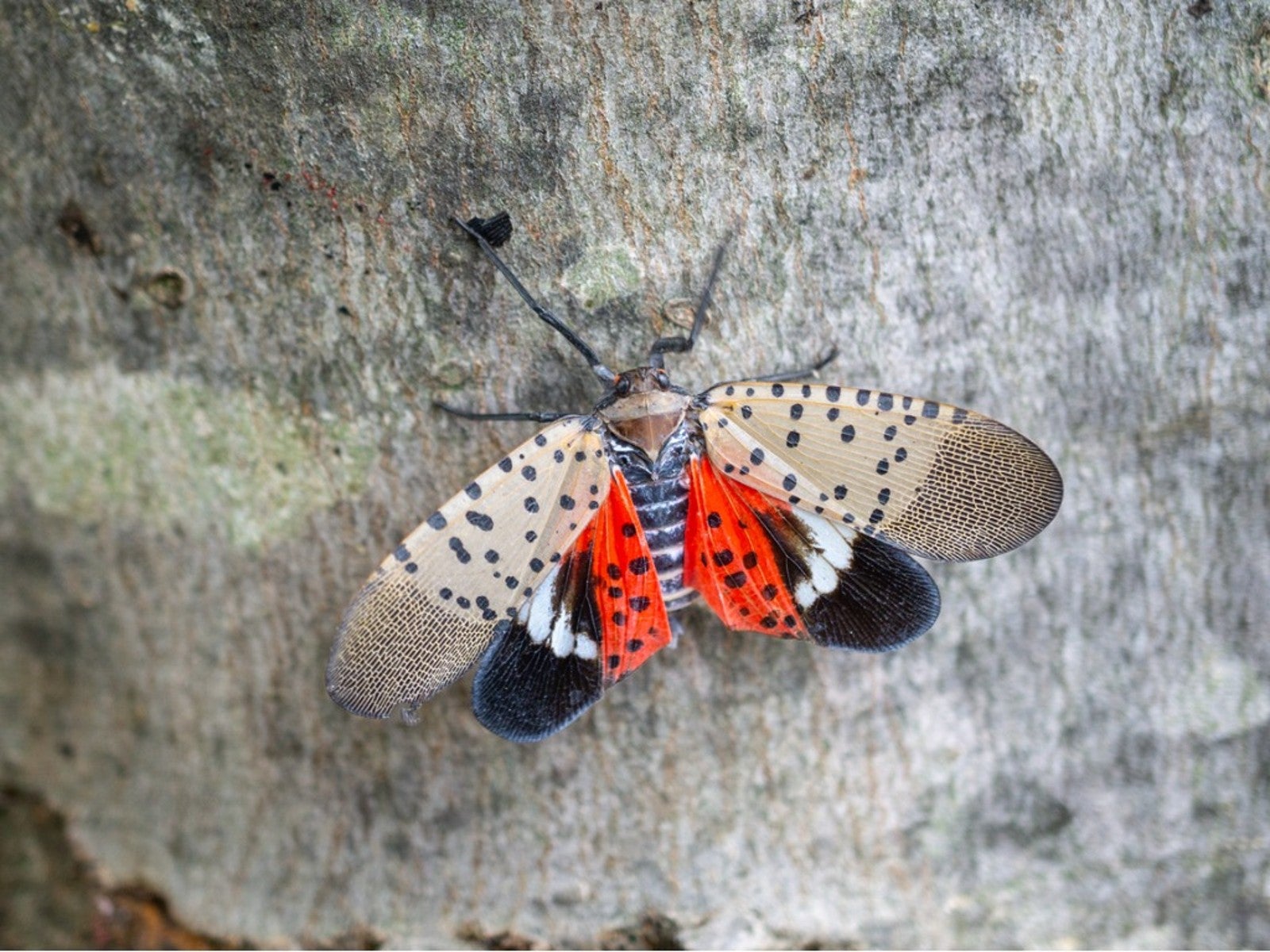Garden Pests
Identifying garden pests is sometimes difficult, as there are many, but important when it comes to pest control in your garden. However, with the right tips and facts about garden pests at your disposal, you can arm yourself with the tools you need for controlling pests before they take control of your plants. Common pests in the garden don’t need to be a cause for alarm. Simply use the following information for identifying garden pests and learn how to employ the best methods for pest control in your garden.
Explore Garden Pests
-
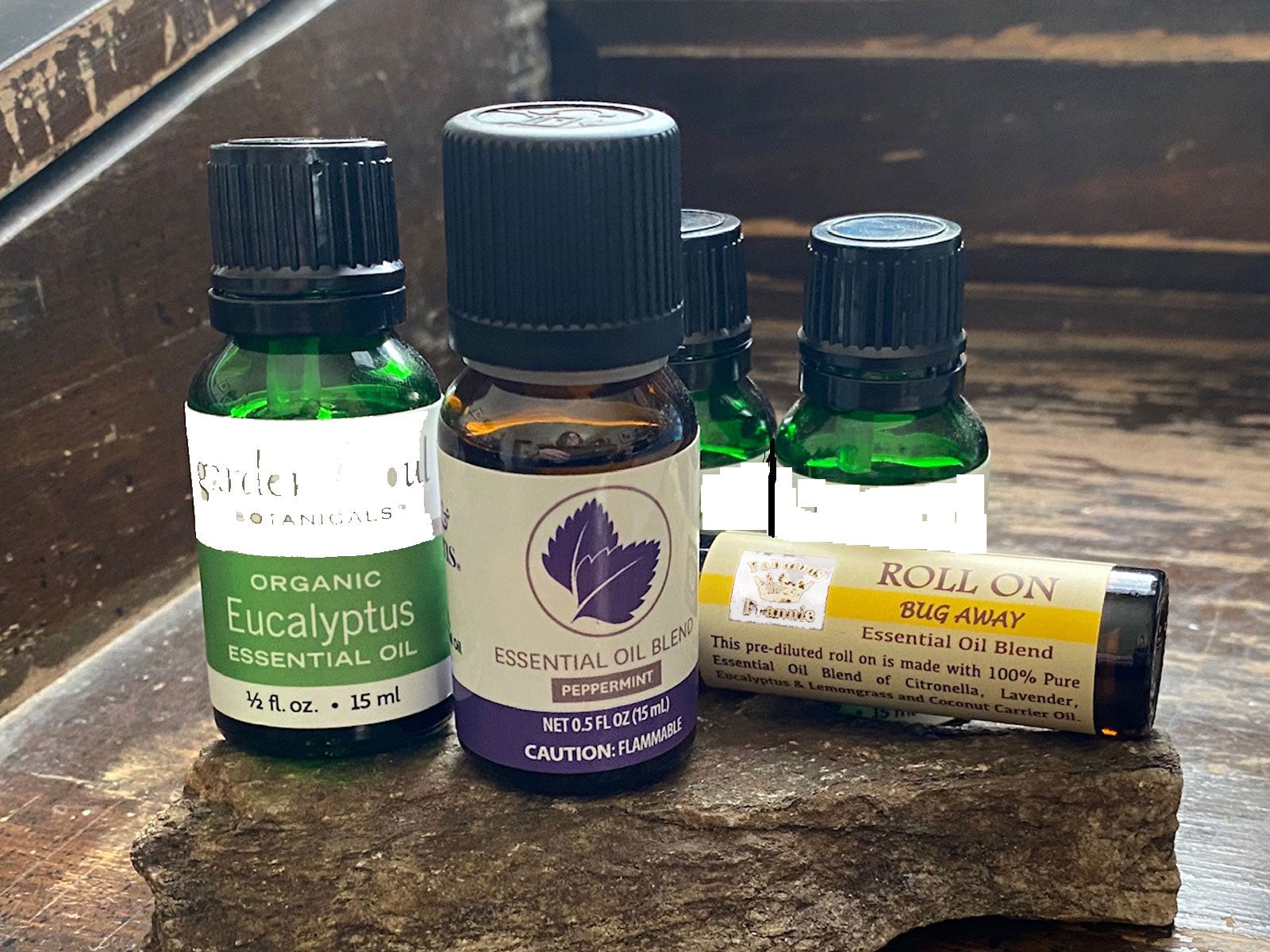
Do Essential Oils Stop Bugs: Using Essential Oil As A Pesticide
Do essential oils stop bugs? Can you deter bugs with essential oils? Both are valid questions and we have answers. Click on the following article for more information on using essential oils to deter bugs.
By Mary H. Dyer
-
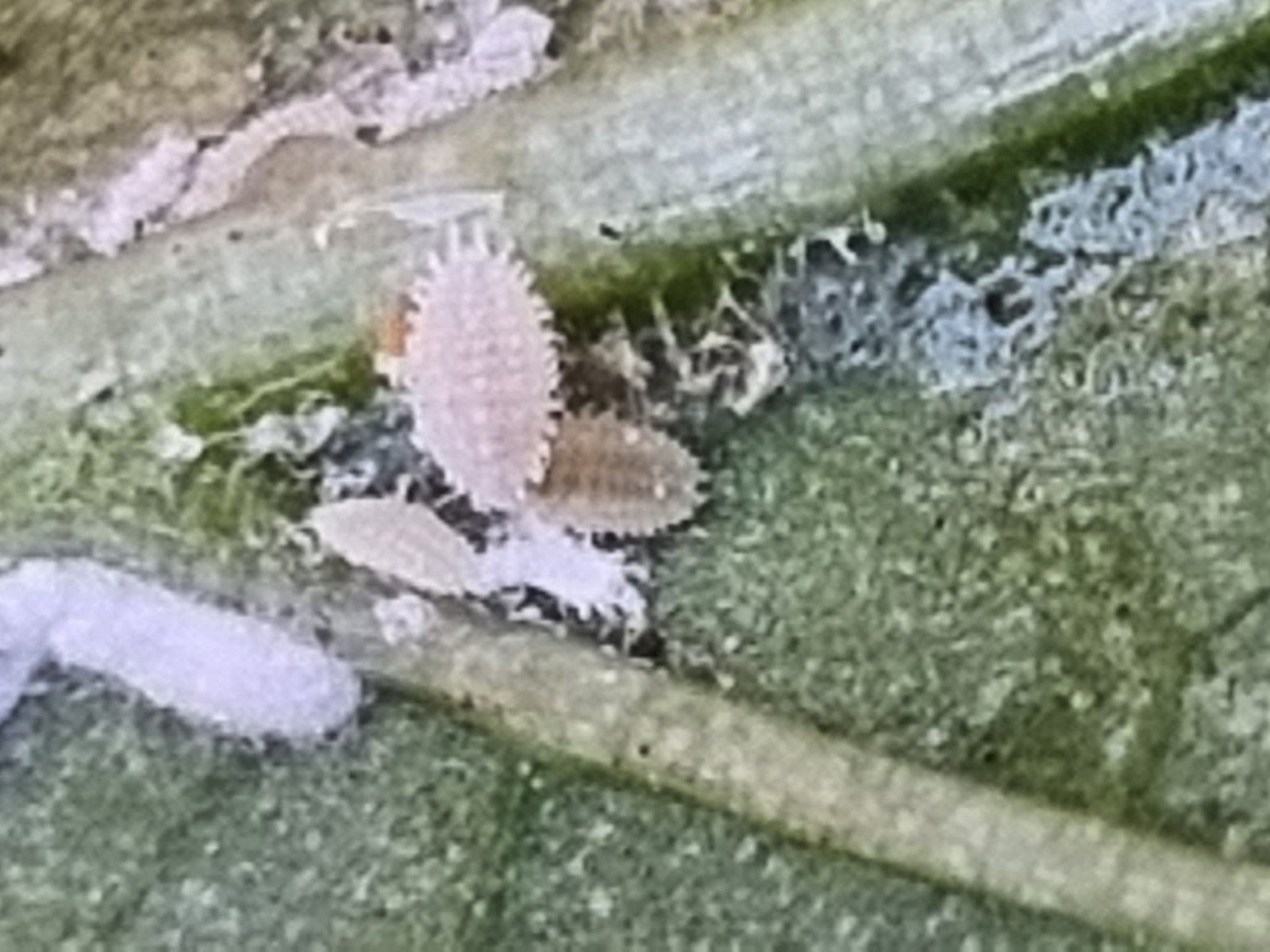
What Is Soft Scale – How To Recognize Soft Scale Insects
Lumps, bumps and weird cottony fluff on your plants are more than just some strange coincidence, they?re probably soft scale insects! Don?t worry, we have the answers to your burning soft scale questions. Click this article to learn more.
By Kristi Waterworth
-
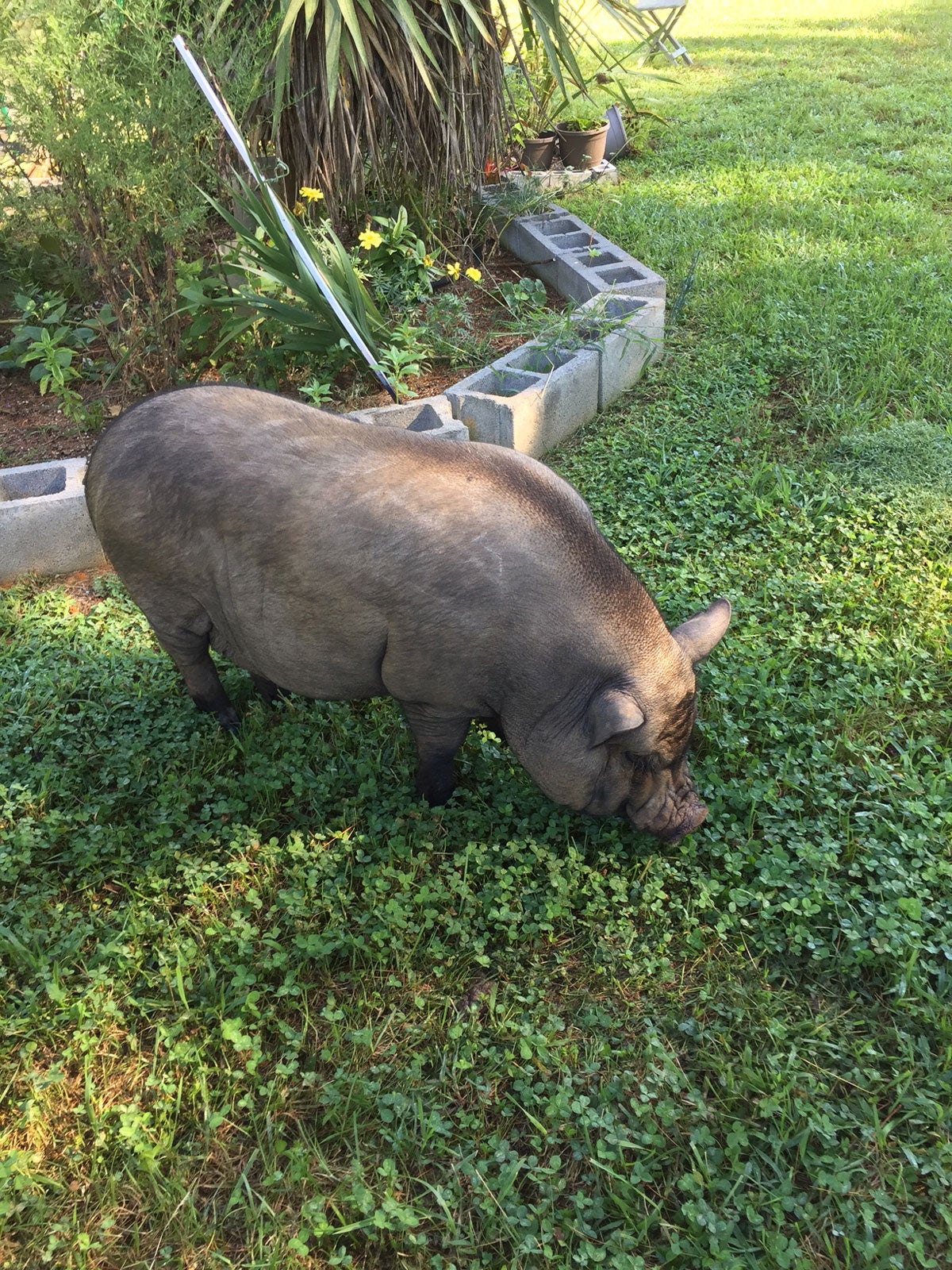
Domestic Pigs In The Garden: How To Prevent Pig Rooting Damage
Even if it’s the domestic pet pig of your neighbor, pigs in the garden lead to rooting damage for your plants. Keep them out with tips found here.
By Amy Grant
-
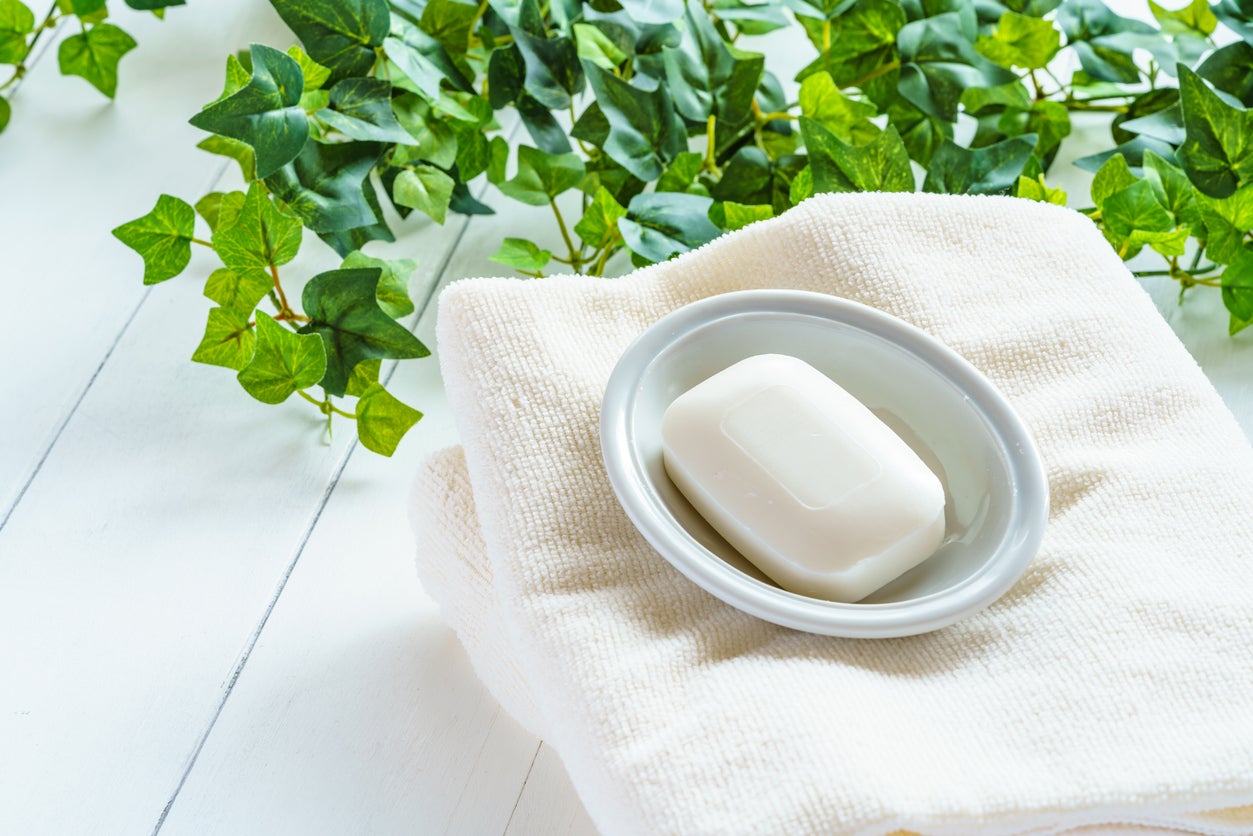
Soap For Garden Use: Using Bar Soap In The Garden And Beyond
Ever get tired of tossing out those small pieces of bar soap leftover from the bathroom shower or sink? Learn how to put them to use in gardens here.
By Nikki Tilley
-
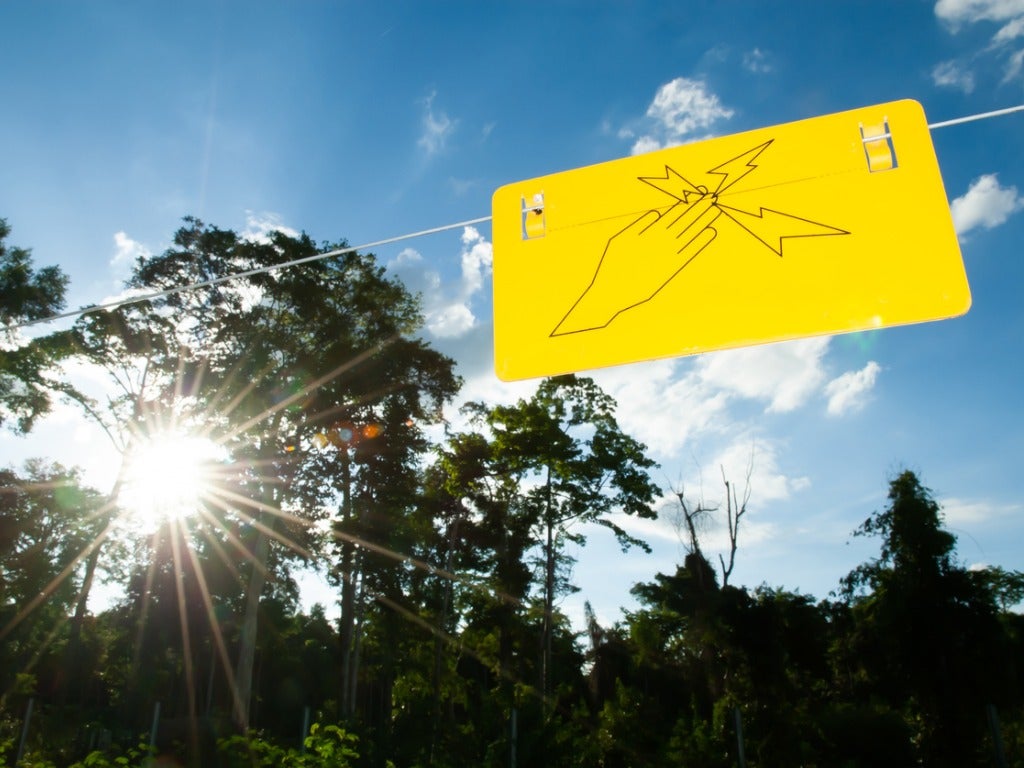
Gardening With Electric Fencing: Electric Fence Options For Gardens
If your garden has been trampled or nibbled on by marauding wildlife, electric fencing may be a viable solution. Click here for tips on using them.
By Mary H. Dyer
-
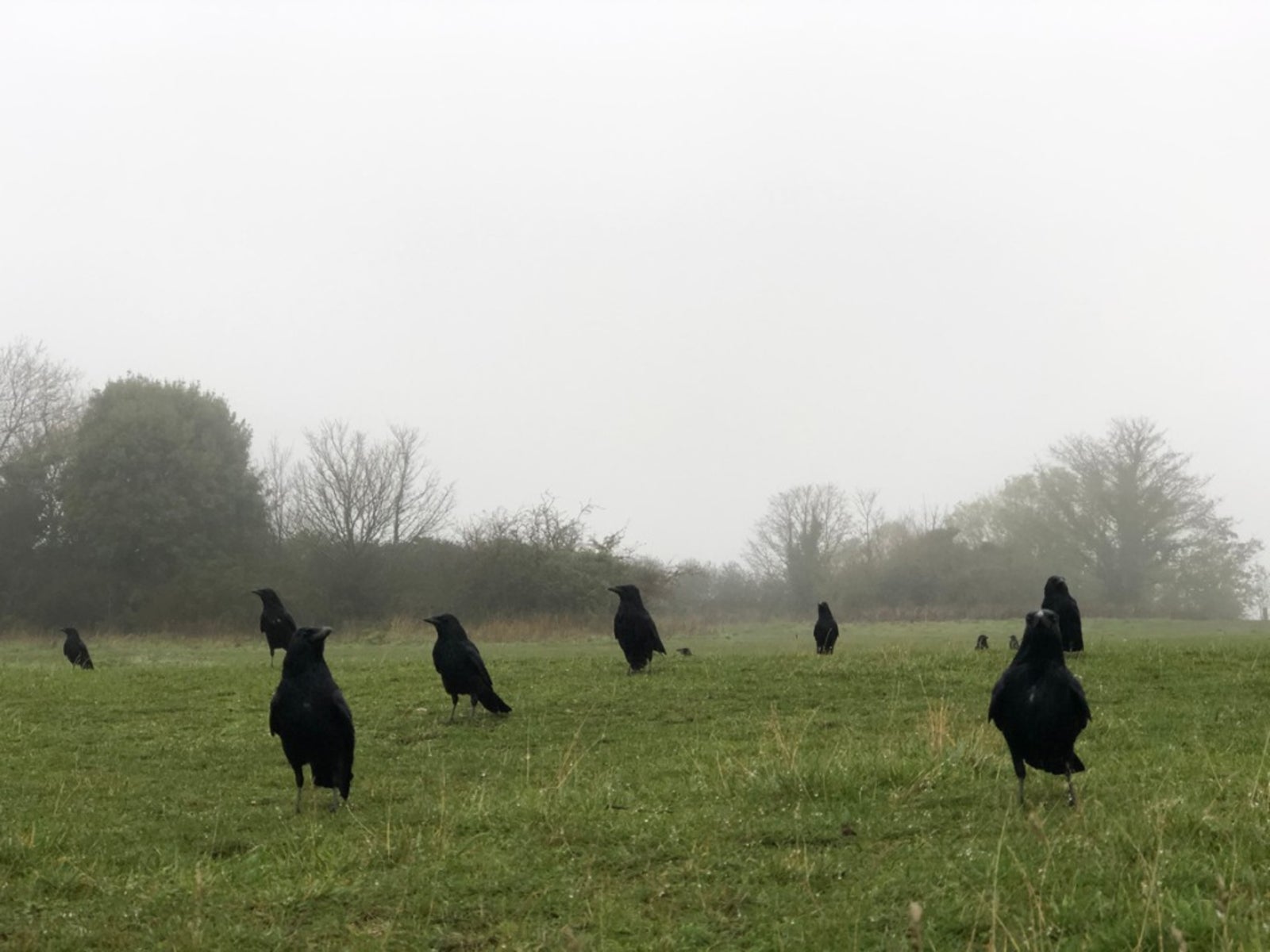
Crow Damage To Lawns – Why Are Crows Digging In Grass
Lawn damage from crows can be disastrous to some. What is it with grass and crows? Can crow damage to lawns be repaired? Find out here.
By Amy Grant
-
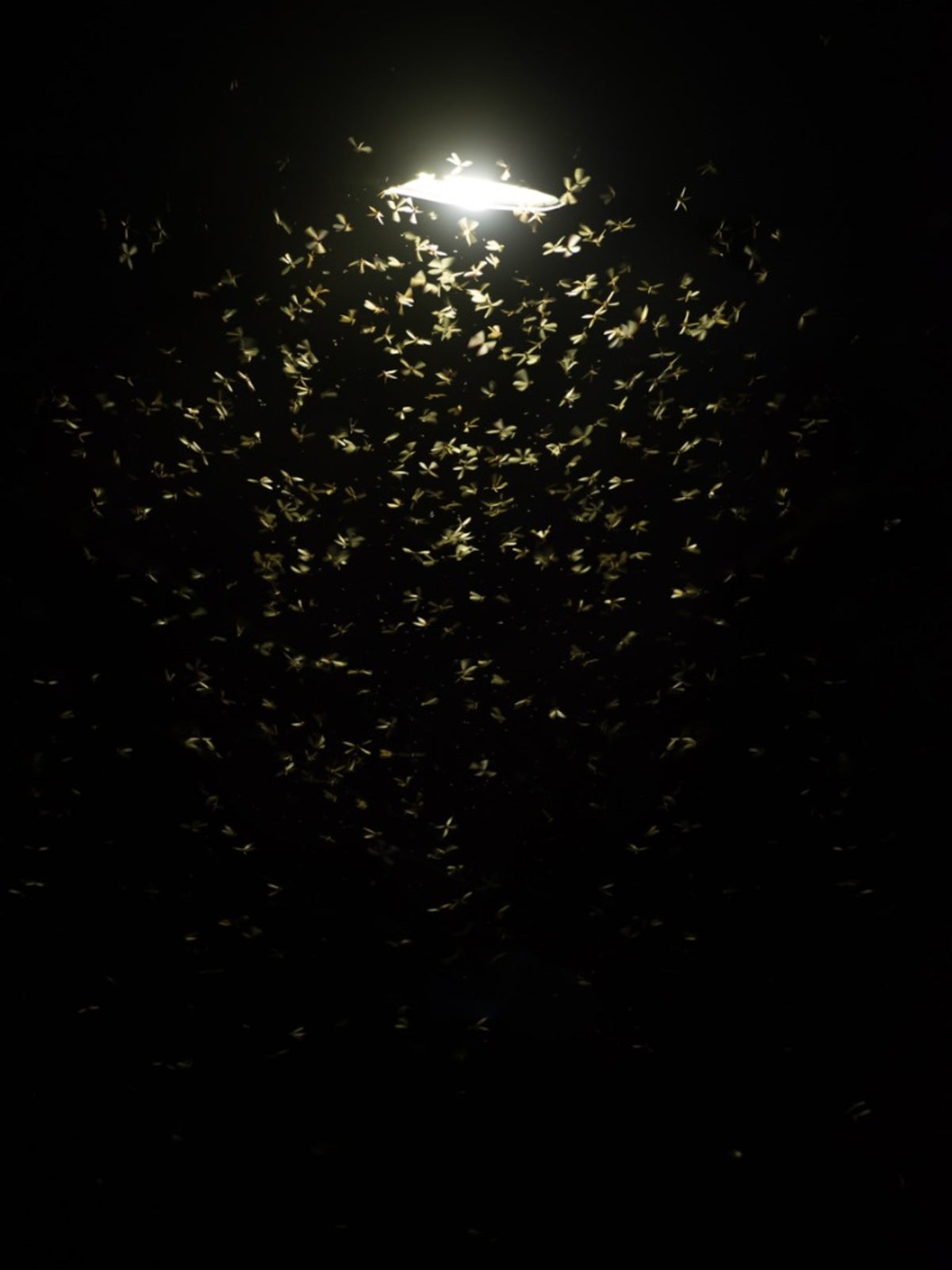
What Is A Bug Light - Using Bug Light Bulbs In The Garden
It’s easy to forget in the dead of winter about the havoc bugs tend to wreck on summer evenings. Bug light bulbs may be the answer and you don’t have to zap them, just repel them.
By Mary Ellen Ellis
-
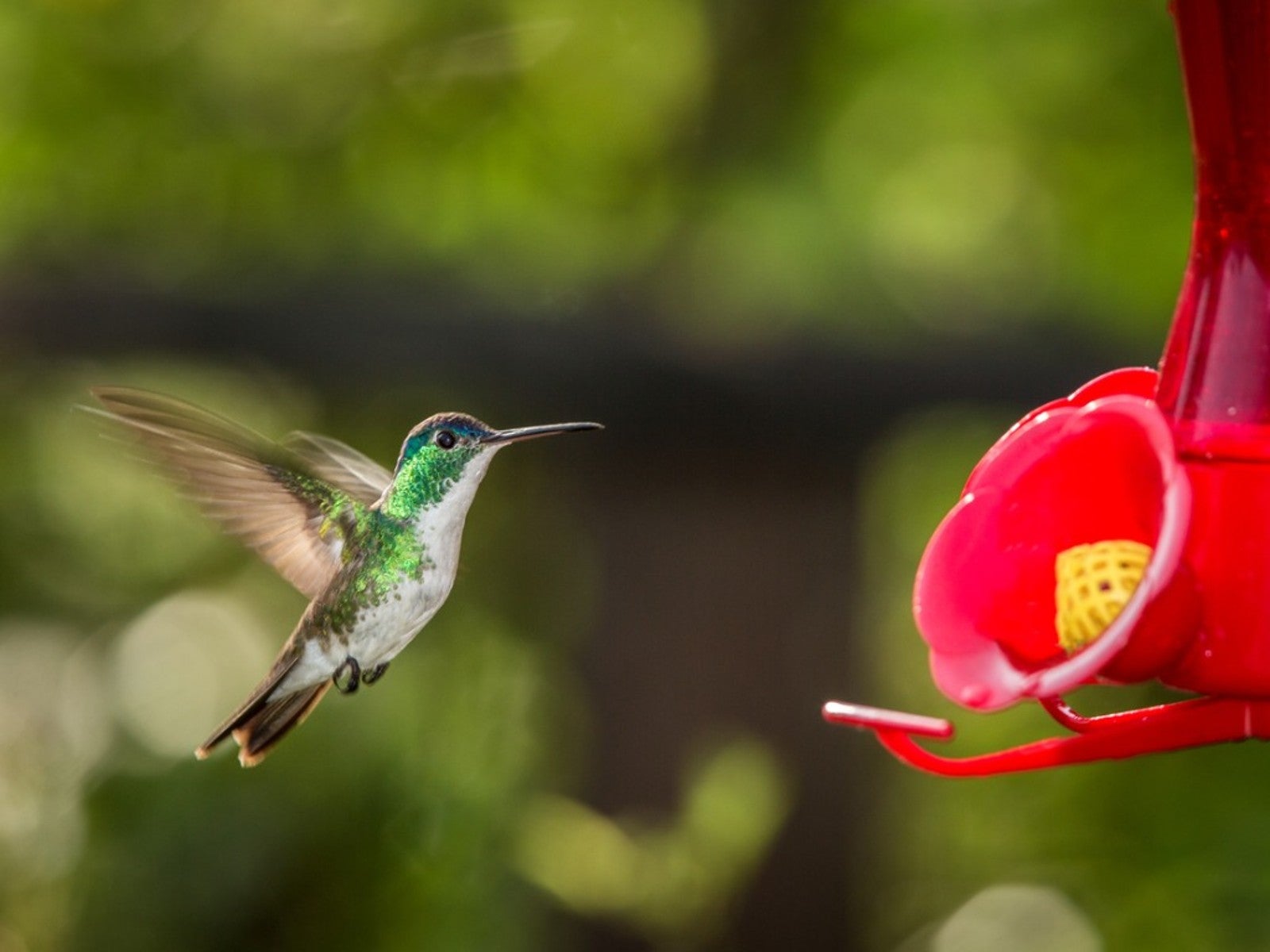
Stop Other Birds On Hummingbird Feeders – Do Other Birds Use A Hummingbird Feeder
Many bird-loving gardeners hang hummingbird feeders, hen discover other species of birds have invaded and chased the hummers away. If this is you, read on for tips.
By Laura Miller
-
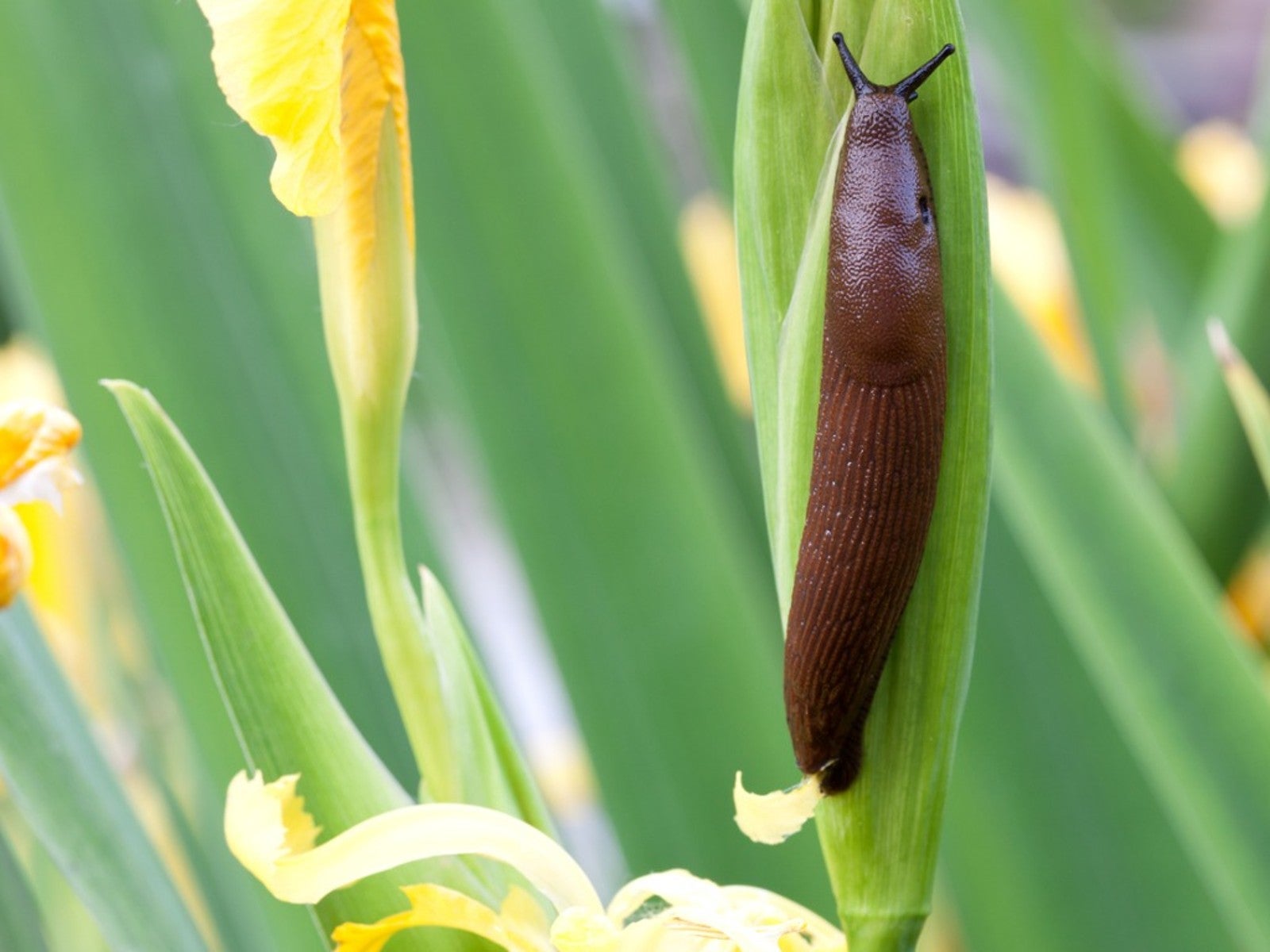
Common Garden Pests That Emerge After Rain
A swarm of bugs after rain is not what dreams are made of, but here is a rundown of some of the garden enemies that thrive on moist soil and wet weather.
By Susan Albert
-
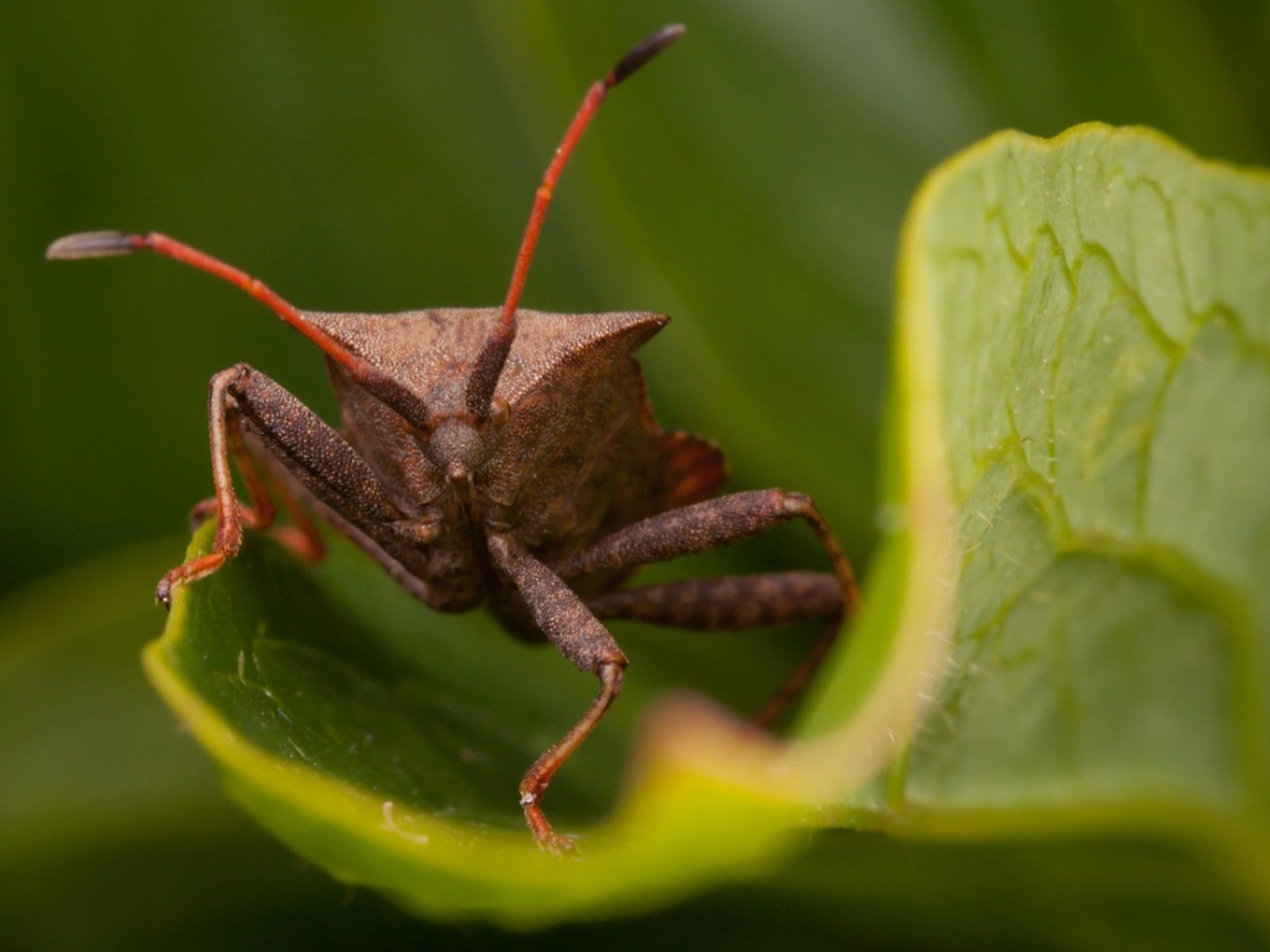
How To Get Rid Of Squash Bugs Naturally
Are squash bugs sucking the life out of your cucurbit crops? Growing companion plants is one method of controlling these destructive pests.
By Laura Miller
-
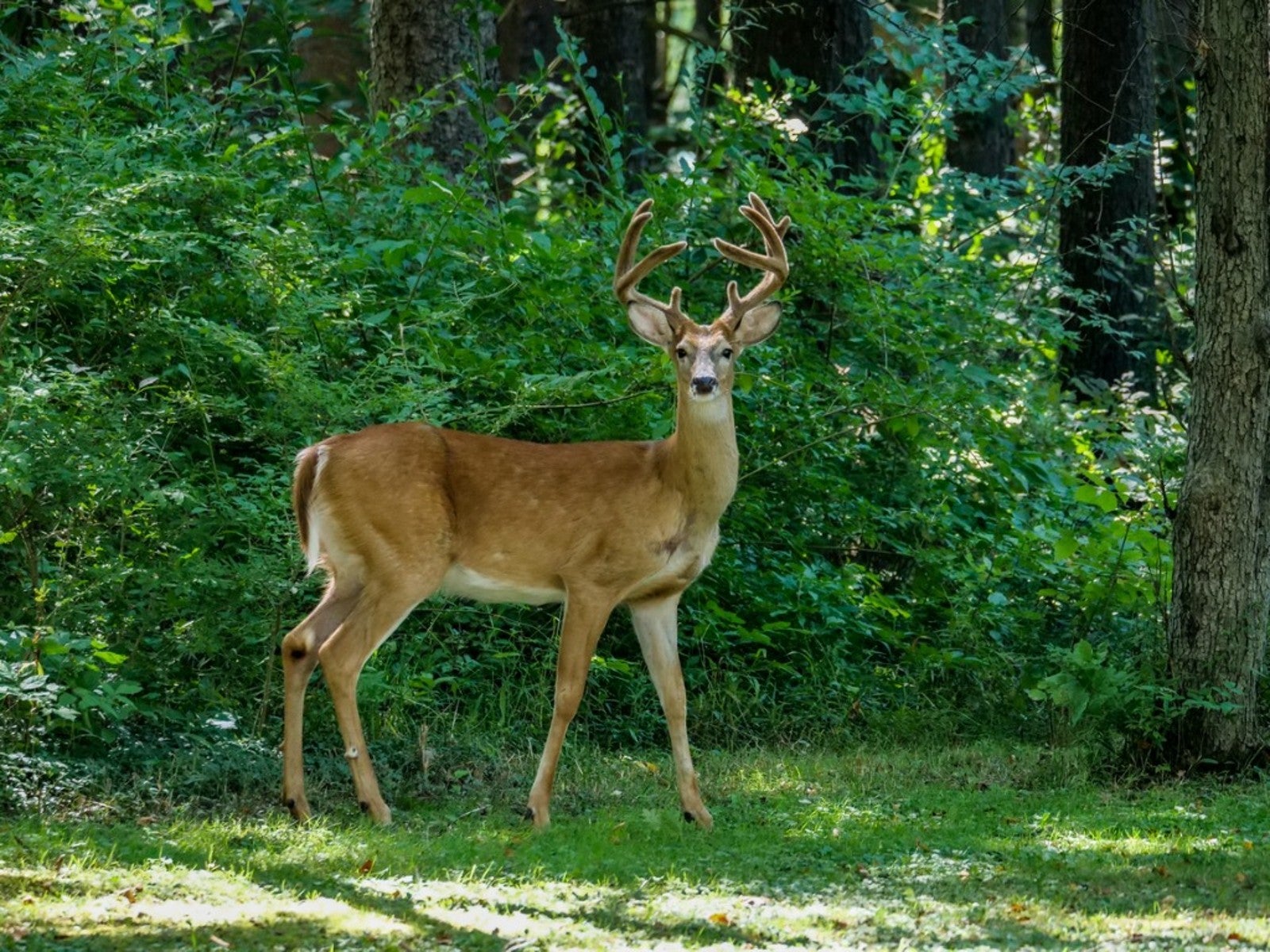
Deter Deer And Prevent Ticks By Getting Rid Of Honeysuckle
We don’t usually think of sweet-smelling honeysuckle as being unsafe, but the deer love it. and where there are deer there are often ticks. Read on for more reasons to avoid non-native honeysuckles.
By Mary Ellen Ellis
-
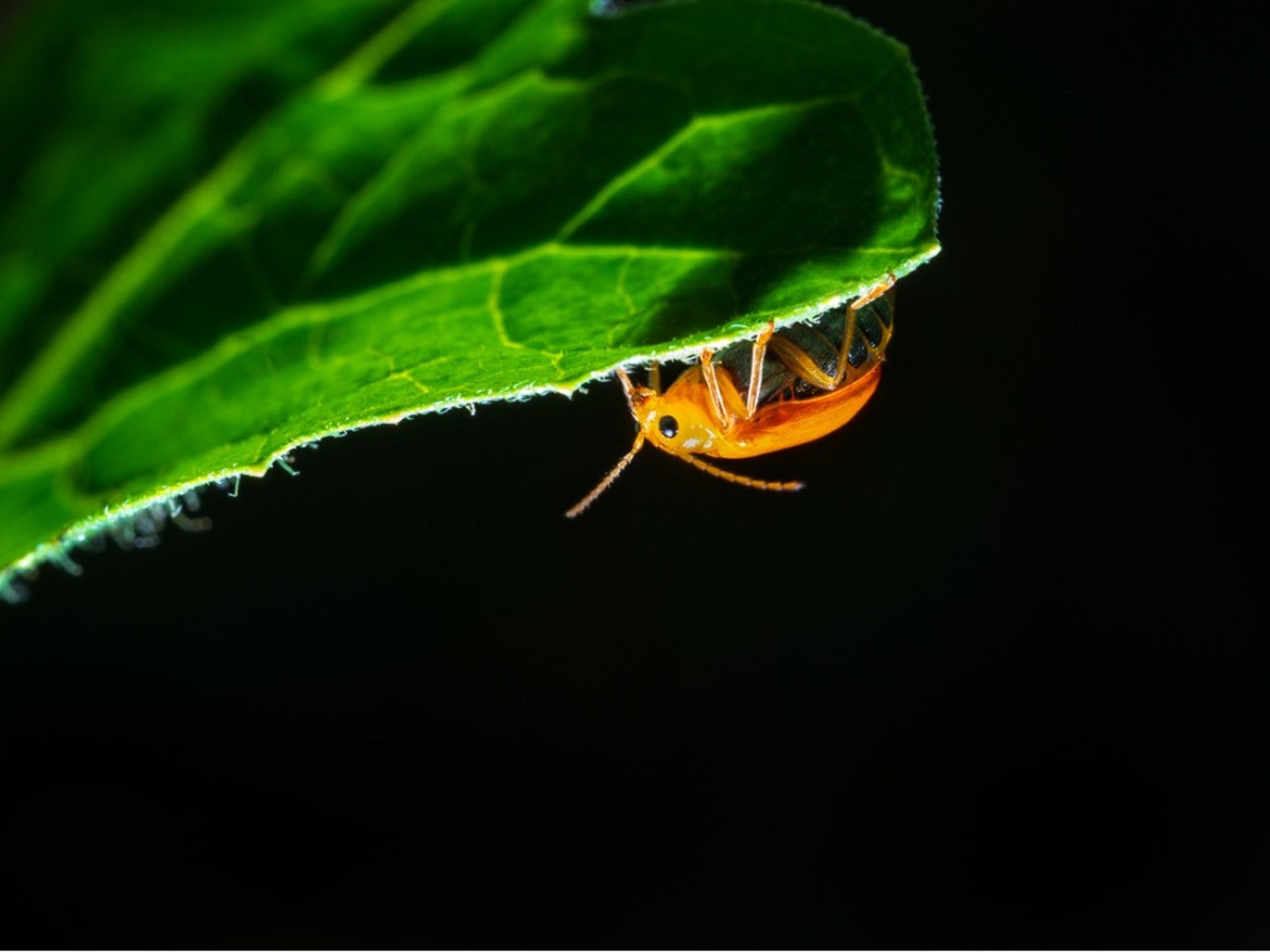
Animals, Insects, And Bugs That Eat Plants At Night
What are some common nocturnal garden pests that eat plants at night? Click here to find out.
By Mary Ellen Ellis
-
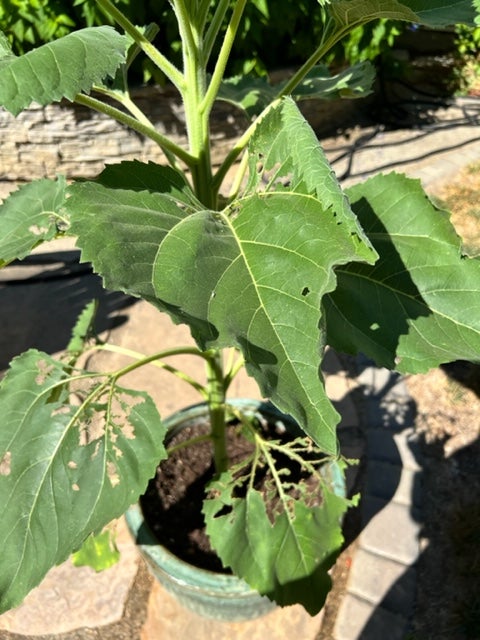
Birds Eating Sunflower Leaves In The Garden
Mysterious damage to your sunflowers’ leaves could be from hungry lesser goldfinches. Learn why.
By Susan Albert
-
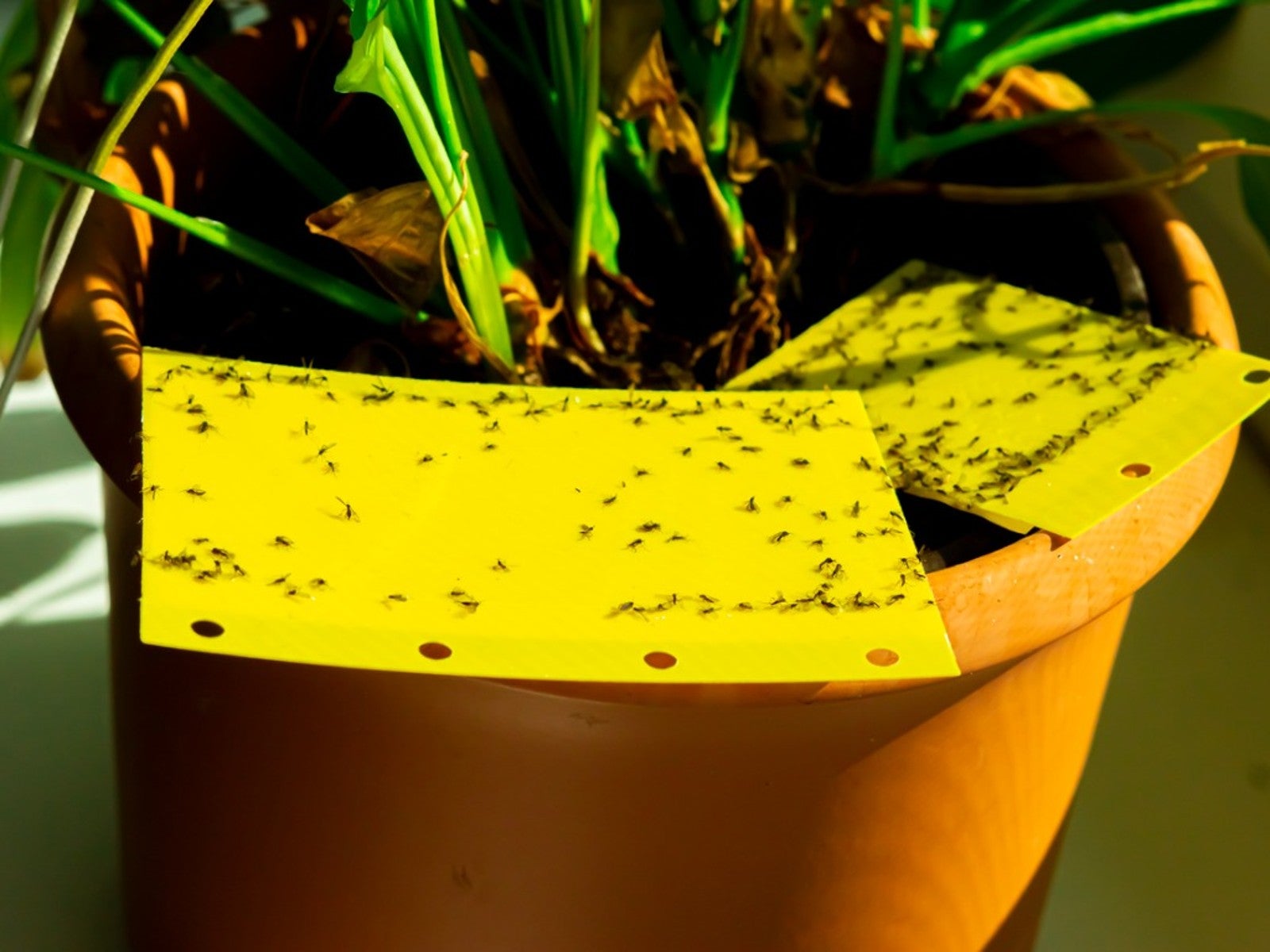
DIY Fungus Gnat Trap To Keep Pests Off Houseplants
Are there tiny bugs buzzing around your house all of a sudden? They may be fungus gnats. Click to learn how to get rid of them.
By Amy Grant
-
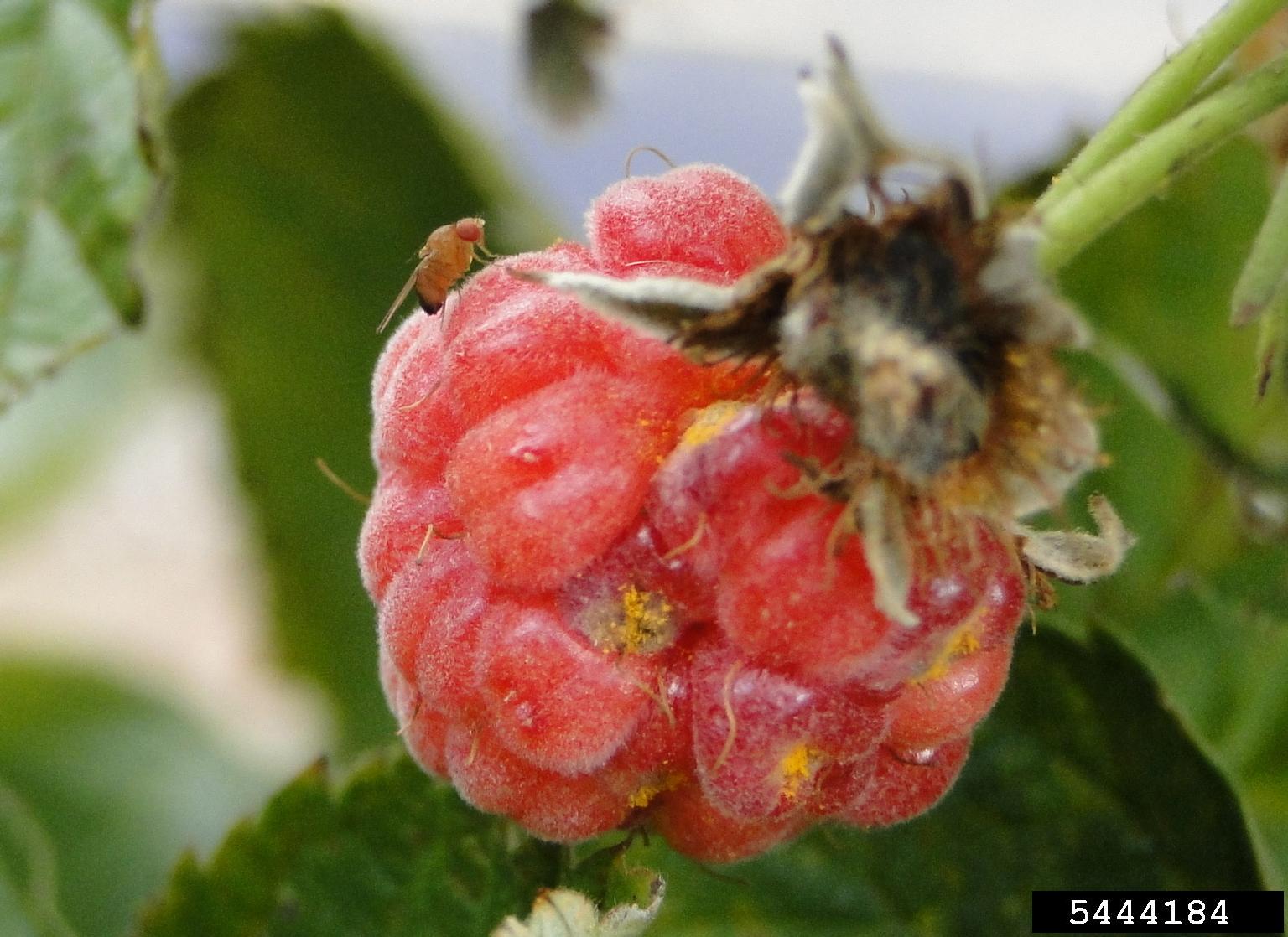
Spotted Winged Drosophila Control: Learn About Spotted Winged Drosophila Pests
If you have a problem with withering and browning fruit, the culprit may be the spotted winged drosophila. This little fruit fly can ruin a crop, but we have the answers. Find the information you need on spotted winged drosophila control in this article.
By Jackie Carroll
-
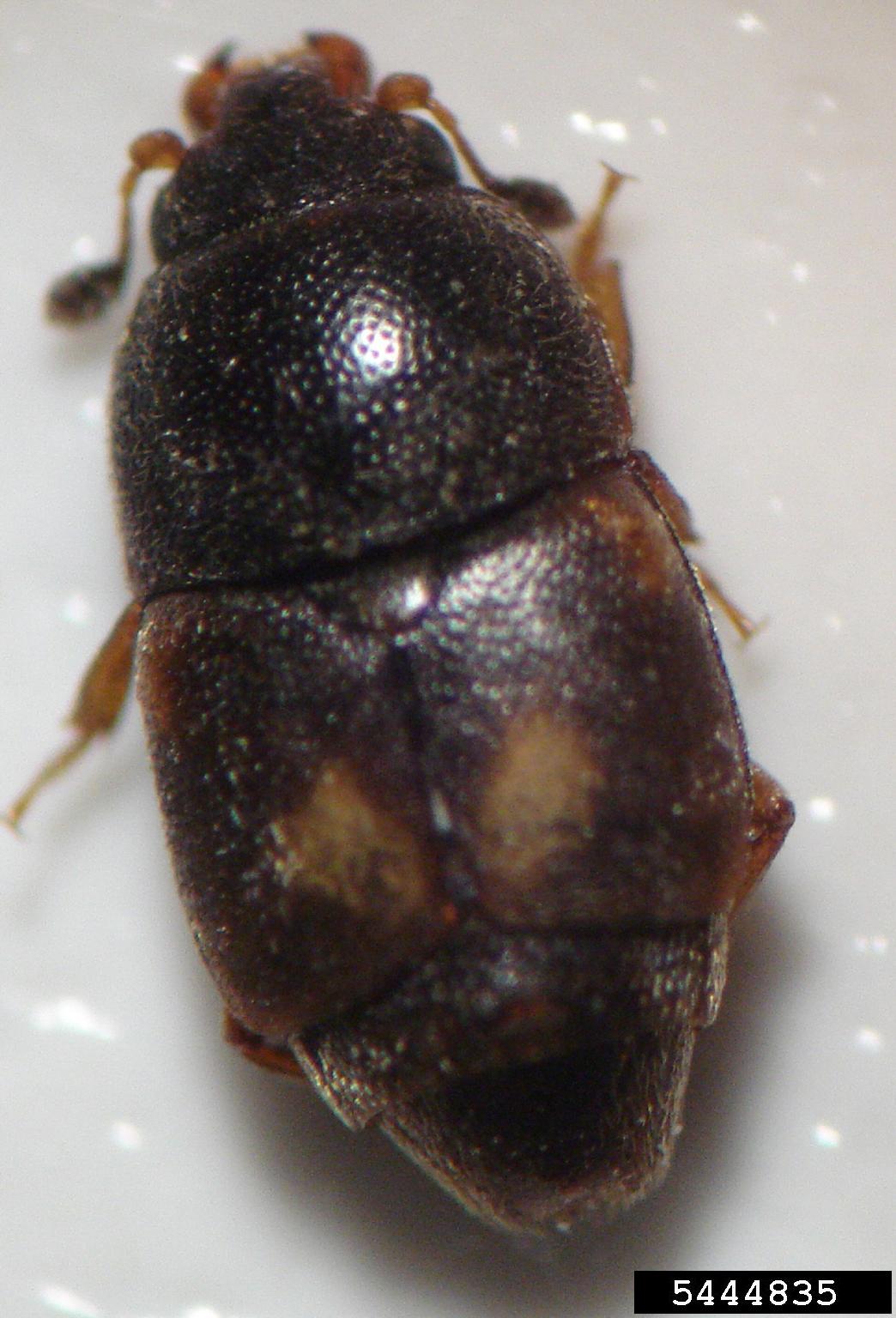
Dried Fruit Beetle Control - How To Fix Or Prevent Sap Beetle Damage
Some bugs are helpful in the garden, killing off pests; others, like the dried fruit or sap beetle, are the noxious pests. Learn more about controlling dry fruit beetles in this article.
By Kristi Waterworth
-
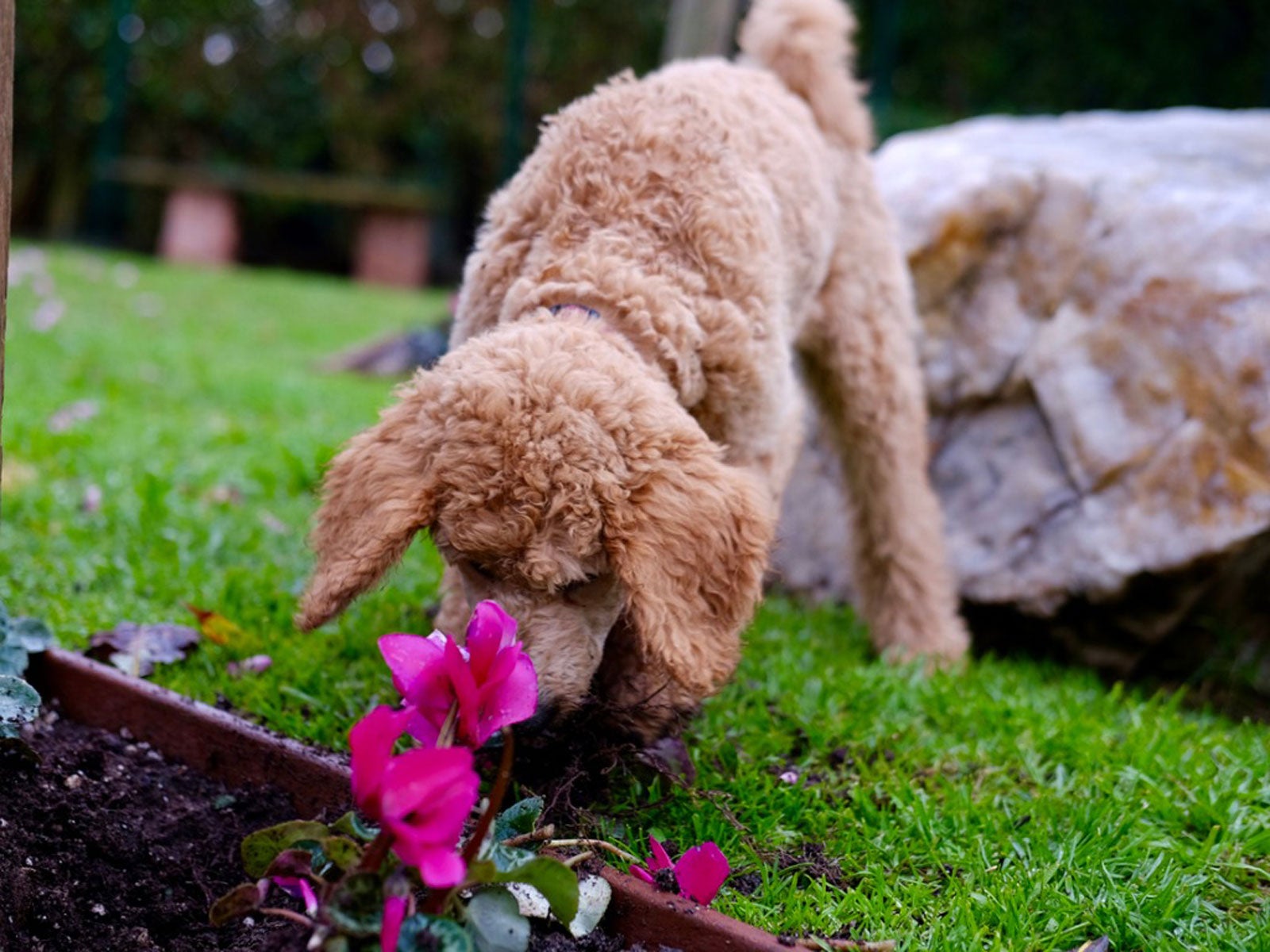
Natural Homemade Dog Repellents
Dogs are a very popular house pet but they are not always the best things for our garden. There are many natural and organic methods to keep them under control though. Take a look at a few in this article.
By Heather Rhoades
